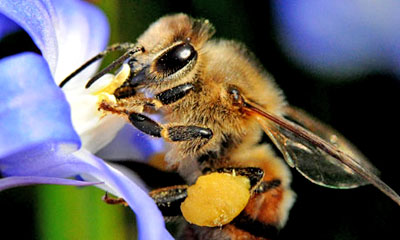|
from
NaturalSociety Website
Maybe once the White House garden is completely devoid of all pollinating insects and animals, like bees, birds, and butterflies, President Obama and the First Lady will take notice of the obvious effects that neonicotinoids (neonics) are having on our ecosystem.
A recent meta-analysis of over 800 studies confirming the damage that pesticides are doing to these vital creatures is adding to the media buzz, giving bees and butterflies the attention they deserve.
The buzz is leading to lawsuits, bans, and increased consumer activism.
From more than a half million people demanding that Lowe’s and Home Depot remove all neonics from their shelves, to three environmental groups in California suing the state’s Department of Pesticide Regulation hoping to stop the use of three pesticides approved just this June, to the US Fish and Wildlife Service (FWS) announcing last week it was going to phase out neonics in Pacific Northwest refuges, we’re making progress. But it isn’t enough, fast enough.
Nichelle Harriott, staff scientist with Beyond Pesticides says:
President Obama did release a memo saying he was going to create a Pollinator Health Task Force, but neonics need to just be banned across the board right now.
If this will be anything like the task force the government assigned to look into GMOs, then we’re not going to fair very well. That list of ‘experts’ includes known biotech supporters.
Honey bee colony populations have dropped from 6 million in 1947 to just 2.5 million today; Monarch butterfly migration numbers are dwindling too.
Neonics, have been linked to impaired learning in pollinators, food collection, navigation, immune function, and reduced egg-laying. Even worms affected and they are responsible for soil health.
Neonics are totally invasive.
They take over a plant’s roots, leaves, pollen, and nectar, and almost no toxicity assessments have ever been completed on them.
Even the EU has implemented a two-year moratorium on neonics due to their obvious negative impact.
Additional Sources
|

